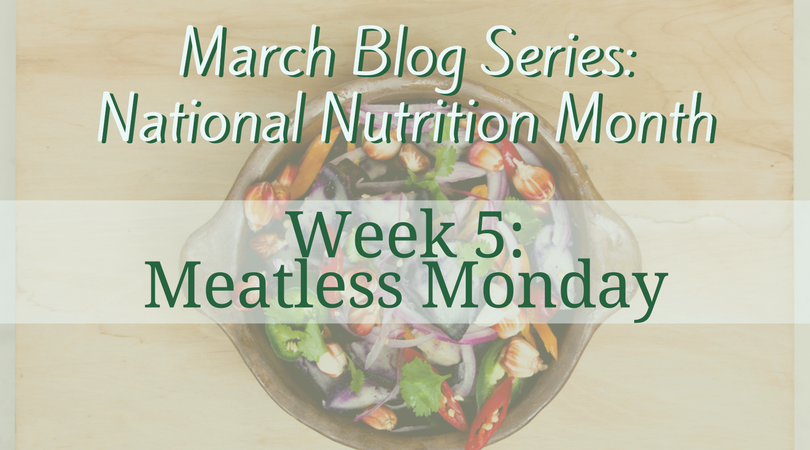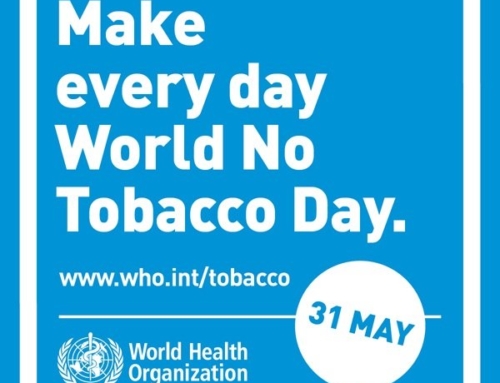Since the movement began in the U.S. in 2003, Meatless Mondays have become a healthy habit for people living in over 40 countries, from Slovakia to South Africa. The Monday Campaigns’ initiative for temporary vegetarianism initially started with the goal of reducing Americans’ saturated fat intake by 15%, and now also promotes the benefits of no-meat meals on climate change. Going meatless for just one day per week can significantly reduce your risk of heart disease, stroke, and certain types of cancer while reducing your environmental impact.
Meatless meals can help you save money, expand your culinary skills, minimize your cooking time, and improve your nutritional intake. Plant-based protein sources are often less expensive than meat, and they provide more nutrients and fiber (with less fat) than their animal-based counterparts.
So what are you waiting for? Once you commit to changing your Monday routine, write it down on your calendar so that you don’t forget. Next, consider the two main ways to go meatless: Swap out meat for plant-based protein in your favorite dishes or try a new recipe designed for plant-based eating.
Option #1: Revamp your favorite recipes with non-meat alternatives. Grill up black bean burgers instead of hamburgers, choose refried beans instead of steak for your burrito, or sauté tofu instead of chicken in your stir-fry. These types of easy swaps allow you to go meatless without leaving your culinary comfort zone.
Option #2: Try a completely new vegetarian recipe. If you’re feeling adventurous, Meatless Mondays are a great time to step up your game in the kitchen. Whip up an eggplant casserole, make an Indian-inspired chickpea curry, or bake your own falafel for a Mediterranean feast. The sky is the limit with meatless meals. Not sure where to start? The Internet is full of inspiration, including this list of vegetarian cooking blogs.
While many people are concerned about their ability to get enough protein without eating meat, the reality is that Americans typically consume more protein than their body needs. Depending on your age and lifestyle, only 10%-35% of your total calories should come from protein, yet most Americans consume 1.5 times that amount. Incorporating nuts, legumes (e.g., beans, peas, lentils), soy products (e.g., tofu, tempeh, seitan, edamame), eggs, low-fat dairy (e.g., Greek yogurt), and certain grains (e.g., quinoa, sprouted-grain bread) at meals and snacks should be enough to meet most adults’ daily protein needs.
Show your support for National Nutrition Month by letting us know what new recipes you try this Meatless Monday!
Sources:
National Health and Nutrition Examination Survey
About the Author: Aviva Ariel-Donges, M.S.
 |
Aviva Ariel-Donges, M.S., is an intern at SRAHEC. She is currently finishing a master’s in public health and a doctorate in clinical health psychology at the University of Florida. |







